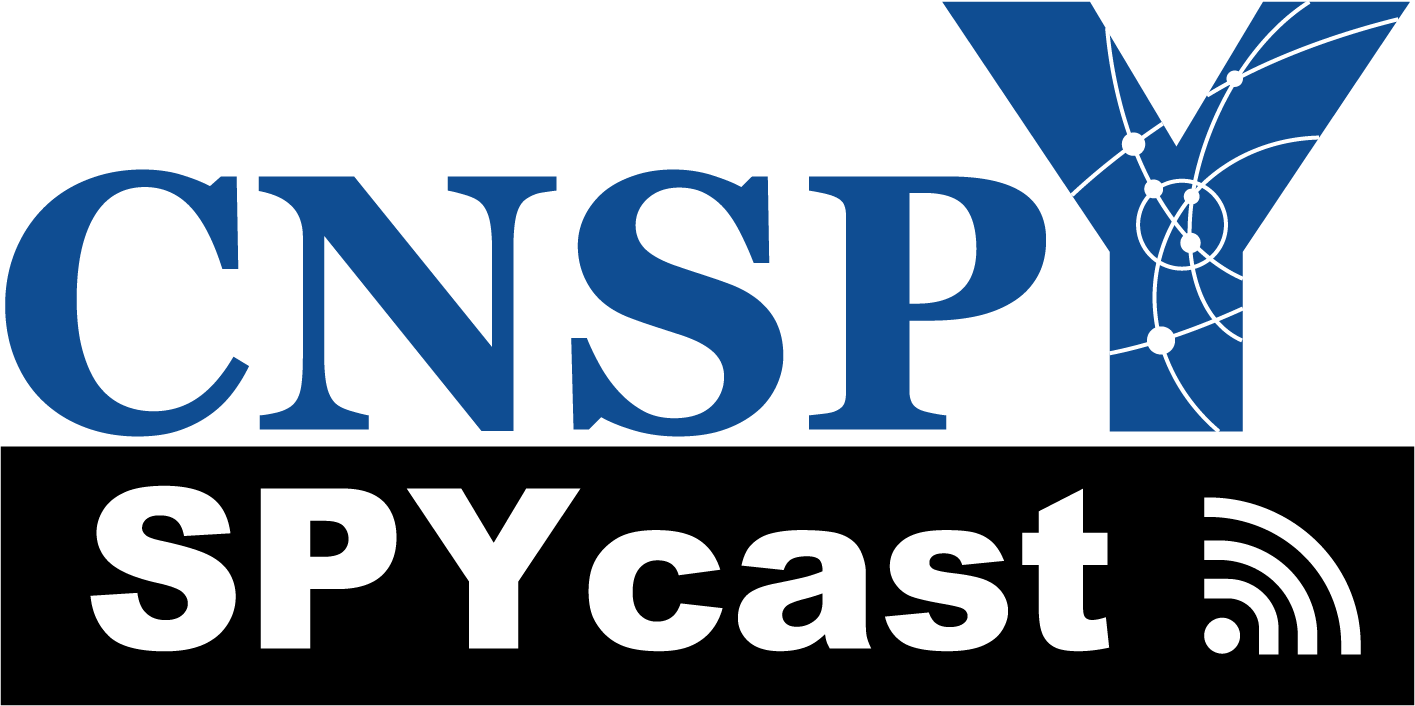This week we’re highlighting Post #3 of the 2016 CNSPY Summer Spotlight Series. Here, guest blogger, Tenaya Vallery, CNSPY Executive Board Member and former CNSPY President, expands on her previous posts on how to improve your LinkedIn profile. In this post, she specifically discusses the Experience section and how to make your profile stand out. Here’s Tenaya…
LinkedIn! In a series of four posts, we are delving into LinkedIn and discussing its advantages for science PhDs. In my last post, I discussed the profile picture and the professional headline. In this post, I will address the meat of your LinkedIn profile, the experience section and skills & endorsements. Along the way, I will share examples and tips. Here we go!
Reminder: Turn off the notifications when you edit these sections. Learn more here.
Entries of Experiences
The first version of my LinkedIn profile consisted of information copied and pasted from my CV. This is a good first step. With each iteration of my LinkedIn profile, I find better strategies to convey information and will share those throughout this post. But the CV strategy is a good start. To make an entry, each experience must be added individually.
- At the top of the experience section, you will see a ‘+ position’ Click on this.
- Provide the job title, place of work, and time period. If possible, select the place of work as a group already on LinkedIn. You may have to fiddle with the name for the search option to pop up, like ‘Yale University School of Medicine’ instead of ‘Yale School of Medicine.’ By choosing their LinkedIn group/company, their logo now appears on your experience entry, e.g. Yale University. Pictures and logos can convey information faster than the written word. But your viewers may not recognize the logo, so include both the logo and the name of the company in your experience entries.
- Provide a description. List your key responsibilities and successes for each experience. I recommend using bullet points for ease of reading. You may also want to include numbers and statistics.
- “As a TA, I designed learning outcomes and prepared materials for discussion section. I held review sessions, co-wrote three exams, and graded and evaluated ~20 students.”
- “During my presidency, CNSPY organized 20 events, and developed a blog and podcast. I also personally raised over $2,500 for CNSPY events.”
For research and teaching experiences, I also provide a sentence or two on the research topics and a brief course synopsis. You should consider including conference information related to a particular research project.
- Researched very long abortive transcripts (VLATs) from coli RNA polymerase on a T5 N25 promoter variant with in vitro roadblock transcription.
- Presented a poster at the 2010 American Society of Biochemistry and Molecular Biology, Anaheim, CA (Poster 679.7)
Experiences to include:
- Research experiences – summer internships, graduate work, undergraduate work, rotations. More on rotations – if the rotation led to a publication or a poster at a conference, then I would include it. You made a worthwhile contribution, and you should showcase it.
- Workshops or presentations you’ve given on a topic – this will demonstrate your expertise.
- TA-ing, tutoring, or teaching positions – this will reveal your life-long dedication to teaching if you are going for a teaching position.
- Leadership experiences – this is important for consulting and team-leading opportunities.
- Teamwork experiences – this is relevant for those going outside academia.
Remember: You need to review the wording to ensure clarity and brevity. Like your CV, it’s a work in progress.
Media in the Experience Section
“A picture is worth a thousand words.”
LinkedIn also provides the option of media uploads for each experience entry. I think this a fantastic tool. I commonly see photos, but you can also upload videos, etc. I recommend two per experience entry and high-resolution media.
What to provide? You want to use these media uploads to demonstrate your skill set. This is another marketing tool. For example:
- Teamwork and collaboration. I uploaded a lab photo and a group photo of CNSPY.
- Laboratory Experience. I put up a picture of me in lab.
- Communication Experience. A photo of me presenting in front of 100+ people.
Other examples include:
- A picture of you instructing a class.
- Education Outreach. Picture of you helping at a science fair.
- Writing Experience. Links to your blog or other projects you’ve worked on.
These photos and media uploads must enhance your experience entry and have a purpose. My goal is to convey skills through photos. On the first glance, recruiters may not take the time to read the details of my experiences. But the photos will draw their attention and subtly convey my messages.
Remember: High resolution only. Provide simple captions.
Observations: You can upload all types of media – links, videos, PDFs, PowerPoint presentations. I prefer images, but these other forms of media can be helpful, too.
Recommendations of Your Experiences
This is a relatively new, neat feature. Recommendations are statements made by co-workers, colleagues, client, etc., who are first-degree connections. These statements can be incredibly helpful and some say are more valuable than endorsements on the skills section, which I will discuss later.
The recommendations come in different flavors:
- Short with two sentences, or
- Long with a couple of paragraphs.
Regardless, the common element is specificity. Just like a letter of recommendation, the LinkedIn recommendation must be specific and provide deeper insight into you as a professional!
Before you send a request:
- Choose your recommenders wisely. You can only have three recommendations per experience entry.
- Talk about the recommendation first with your recommender. Let your recommender know which skills and key words you want to be conveyed on your profile.
How to request a LinkedIn recommendation:
- Go to your profile and click the down arrow to the right of the button near your profile picture.
- Click Ask to be recommended from the dropdown menu.
- Choose one of your positions (The related experience must be present on your LinkedIn profile first.).
- Name your recommenders. You can have up to three for each experience entry.
- Click Send. You can ask your connections to write a recommendation of your work that you can display on your profile.
Tips:
- Put some time between recommendations. Stagger them out. Plan ahead so that they do not all appear just before you go on the job market.
- If you are writing one, I stick to short and sweet. Be direct and avoid vague statements. Provide concrete examples.
Note: Recommendations have a 3,000-character limit.
Skills & Endorsements
The skills & endorsement section is a quick survey of your skills. In this section, first-degree connections can quickly highlight your strengths that your peers value. It is similar to liking a post or photo on Facebook. Recruiters can quickly look over the list and see if your particular set of skills match the position that they are trying to fill.
At the same time, you can build your professional identity through this section. First you can list your skills. Second, you can delete endorsements if you are trying to demonstrate expertise in complex procedures or if you are trying to move away from the bench. This is a great section to help you market yourself as unique and valuable.
Moreover, this is a great way to interact with your network. You can endorse others. In general, if you endorse someone, they will endorse you back.
Tips:
- As scientists, we tend to promote our technical skills. Do not forget to include softer skills like ‘Science communications’ and ‘grant writing.’
- If you want a particular trait to stand out, say ‘teamworking,’ ask a few friends to endorse you. There is no harm in this. For example, I endorsed ‘leadership’ and ‘teamwork’ for a fellow CNSPY board member, who was applying for a consulting position.
Two caveats:
- LinkedIn will make suggestions of possible skills for your connections to endorse. For example, I routinely get endorsed for PCR, but I did not list this skill in my profile. Again you can delete these endorsements if you are seeking a position away from the bench.
- Moreover from my own profile, I know that some of my connections endorsed me for skills that were not part of our interaction. For example, how would my fellow CNSPY board member know that I do PCR well? I know this and recruiters will, too. This is why recommendations might be a better way to convey your skills. At the same time, I do love the ability to quickly evaluate someone’s skills. In conclusion, there are positives and negatives with the endorsement section.
Publications
You can also add publications to your LinkedIn profile! I highly recommend this. For scientists, publications are our bread and butter. They demonstrate our skill sets in a peer-reviewed manner and reveal how we think, our skills at logic, and the scientific method.
In a publication entry, you are able to list the authors in the same order as on the publication and provide a link to the paper. When you do this extra step, you help out your network. The publication will appear on the profiles of the other authors, if they allow it.
If one of the authors is not on LinkedIn, fear not. You can just add their name.
The publication section is another great way to showcase your success as a science professional.
In closing, the experience section on your LinkedIn profile is a great marketing tool. It has many special features that allow you to go beyond the written word with media and endorsements.
In my next post, I will discuss the connecting side of LinkedIn: invites and InMail. Until then, please reach out to me to provide feedback or ask questions. I am happy to help, and I welcome all feedback!
Summer Spotlight Series:
- LinkedIn vs. Research Gate
- Basics Part I: Editing, profile picture, and professional headline
- Basics Part II: Experience section – media, recommendations, endorsements, and publications
- Basics Part III: Invites and InMail
** Update the Experience section of your LinkedIn profile using these tips and let us know how it helps you improve your professional image! **
Share your thoughts below by clicking the “Leave a Reply” link or by clicking the chat bubble in the top right of the post.










August 13, 2021 at 6:54 am
Nice)
https://comprarcialis5mg.org/it/
February 17, 2023 at 1:05 am
Number 1 is the conventional wisdom of extroverted networkers. Number 2 is what introverts should do.
https://www.mywatchesuk.com/
May 19, 2023 at 3:04 pm
Thank you for useful sharing.
vozol 10000
August 28, 2023 at 3:36 am
Rolex ha sempre affidato al proprio centro di ricerca il compito di essere all’avanguardia nei materiali e nella tecnologia: non sorprende che nel 1985 sia stata la prima casa orologiera a scegliere per i suoi segnatempo l’acciaio 914L, audemars piguet replica un tipo di lega Special con ottima resistenza e lucentezza.
November 10, 2023 at 1:54 am
replica orologi rolex SA è una società svizzera (con sede a Ginevra) importante nella produzione di orologi di pregio e una delle più grandi aziende nel settore dell’orologeria.
November 12, 2023 at 9:02 pm
The steel bracelet is part of an Replica Watch E.C.Andersson in-house venture that has been in development over the past year and are made largely by hand.